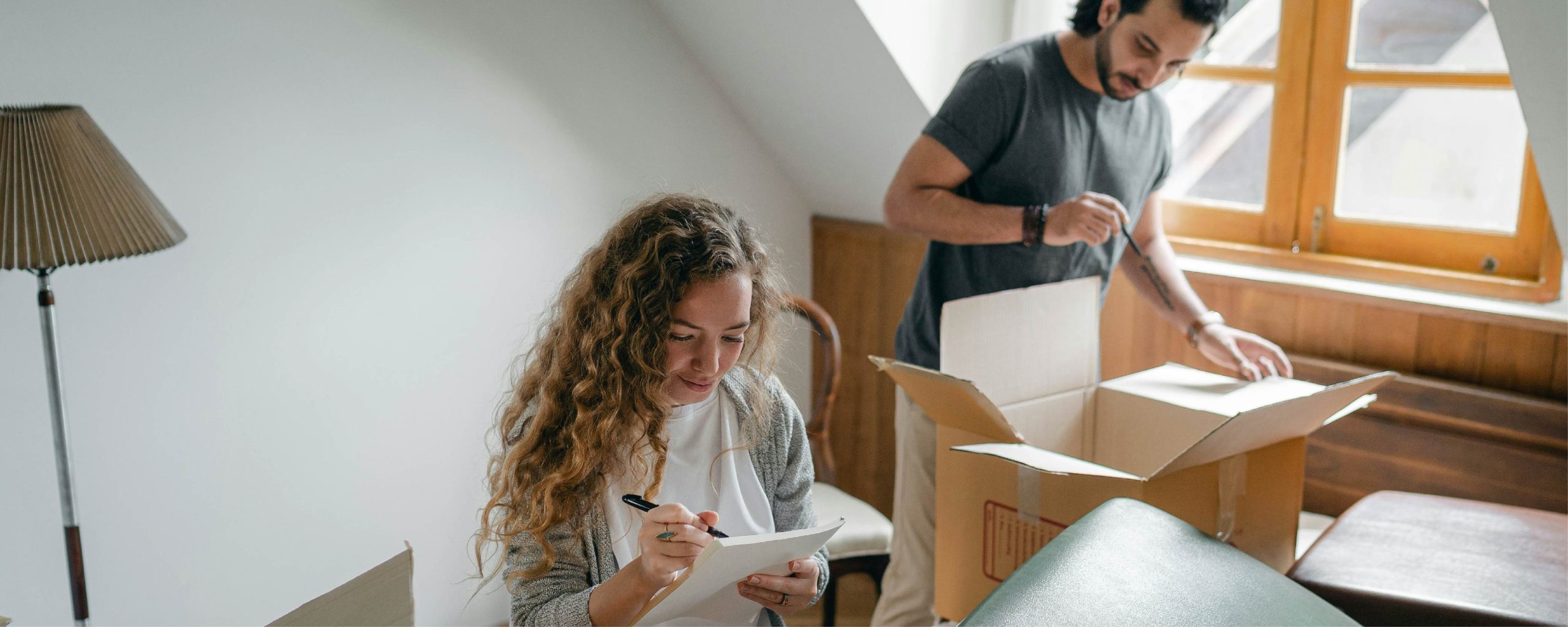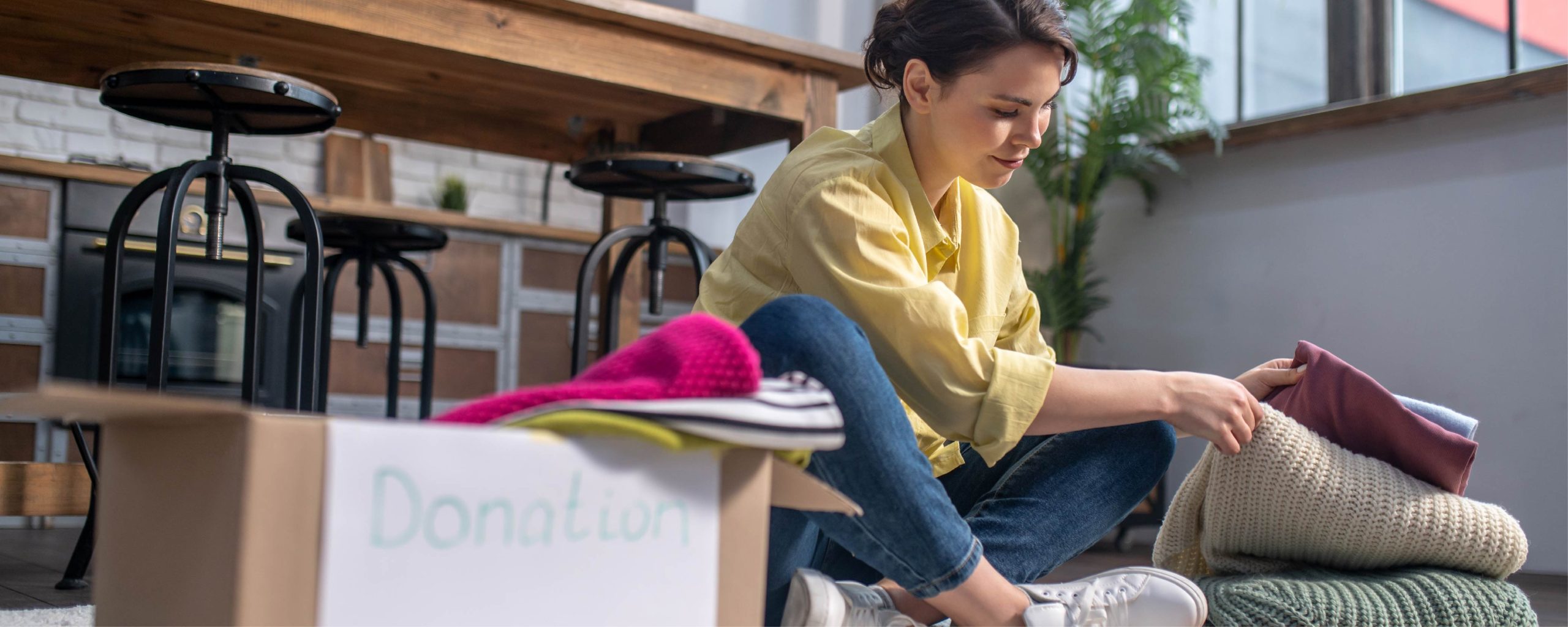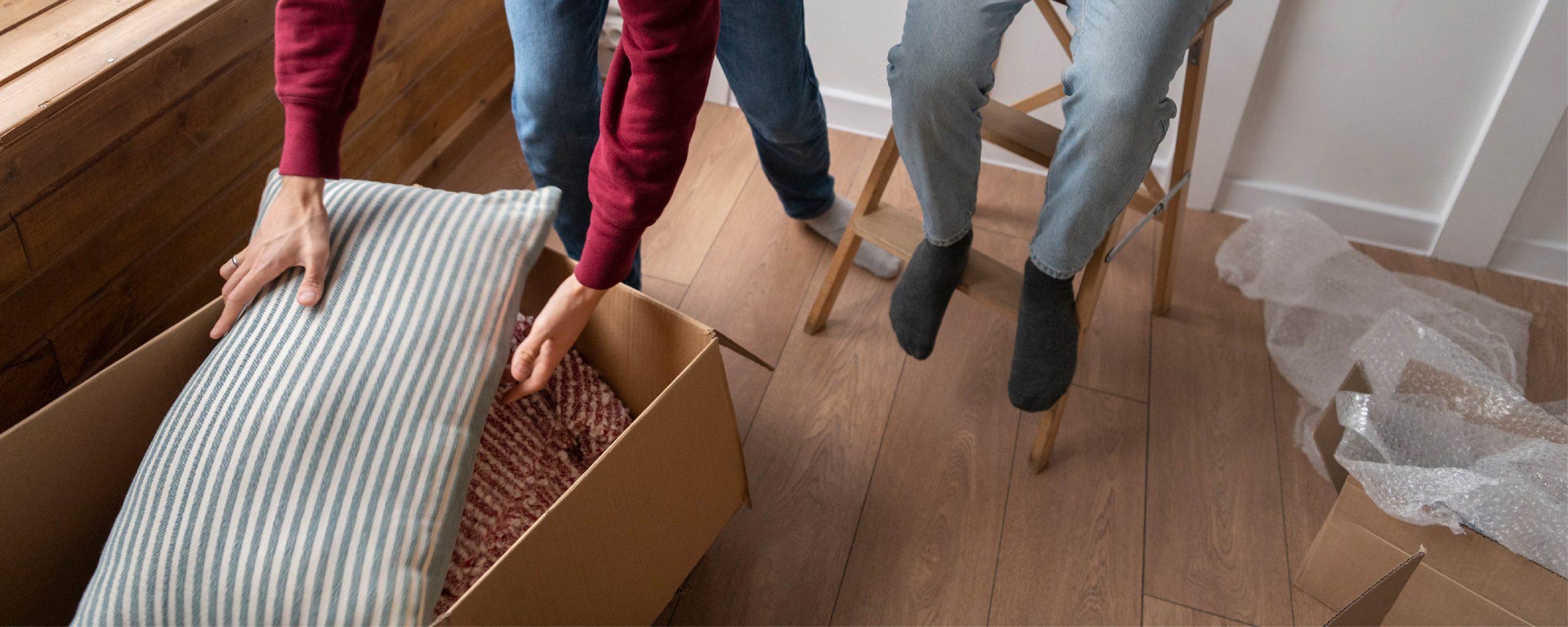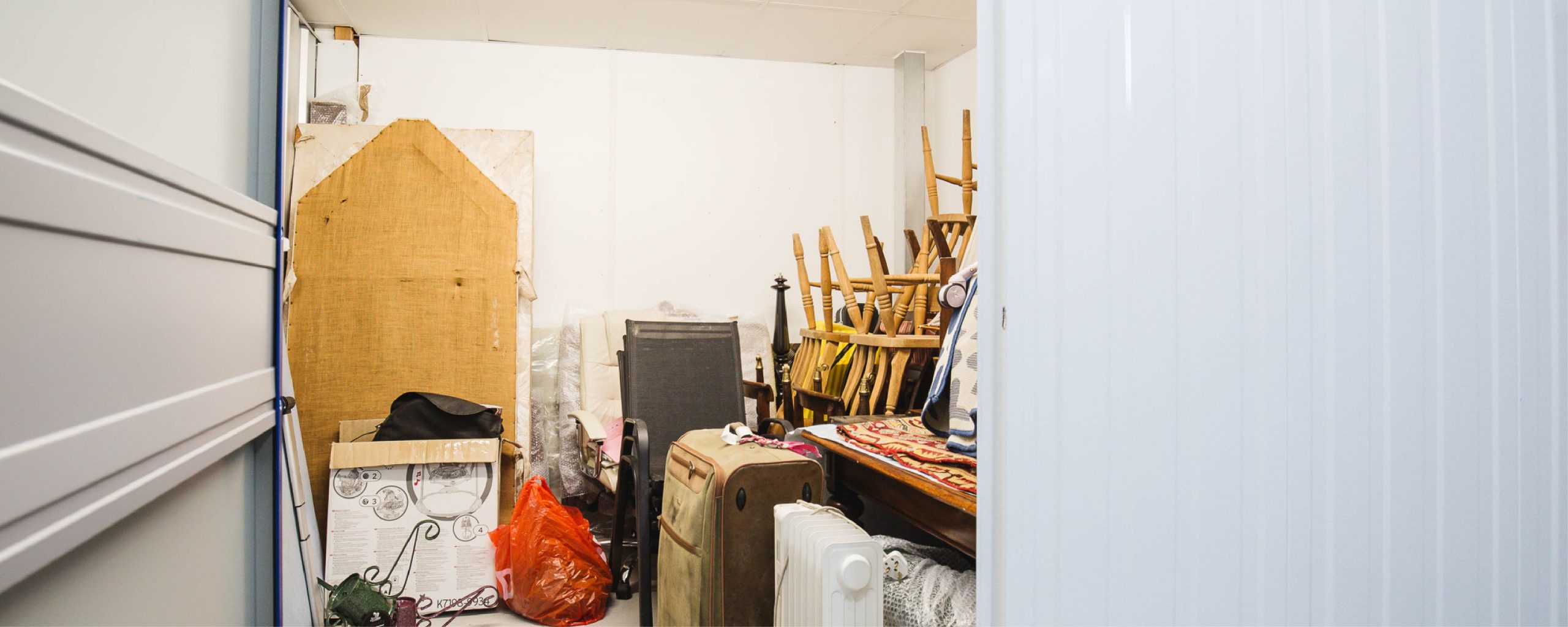Storage units are considered to be the most secure options for storing valuable items. Typically, these units are located in well-guarded, indoor facilities that feature controlled entry, CCTV surveillance, and intruder alarm systems — how’s that for providing peace of mind? But as someone storing valuable items, it’s only natural to question how safe self storage actually is in reality.
In this detailed guide, our storage experts at Wigwam reveal how safe self storage is, looking at the major risks facilities face as well as simple steps you can take to further protect your valuables.
Safety Risks Self Storage Facilities Face
Self storage facilities, like any property, are not immune to risks. However, they are generally designed with various safety and security measures to protect your valuables from these risks. Here’s a look at some common threats and how storage facilities protect against them:
1. Fire Hazards
Fire is a massive threat to storage facilities. Secure storage facilities have strict rules in place to ensure no flammable items are stored on the premises, but that doesn’t mean a fire is impossible. Arson, smoking, and faulty electrical components can all cause a fire outbreak.
Secure storage facilities like Wigwam are equipped to handle this risk with fire-resistant construction materials and smoke detectors throughout the premises. This proactive approach makes self storage units a much safer option compared to garages, sheds, and attics.
2. Theft
Just like your home or business, storage facilities attract unwanted attention from thieves. For this reason, it’s a priority to have self storage security measures like burglar alarms, 24-hour CCTV, and controlled access. For tradesmen who often store tools in their vans or garages, or even families holding onto valuable heirlooms, high-level security against theft can be a lifesaver.
3. Extreme Weather
Another risk factor to remember when storing your valuables is weather. If you’re storing items in your outdoor shed or garage, you’ll battle with extreme weather conditions such as storms and intense heat or cold. Of course, secure self storage facilities are prepared for all these scenarios.
Most modern facilities design units in locations less prone to flooding, reinforce structures to withstand high winds and ensure proper insulation and ventilation to protect against temperature extremes. This means your belongings are safe and protected throughout the wet winters and the summer heat.
4. Pests
Pests are a reality when storing anything, be it in the kitchen cupboard or garage. Pests like rodents and insects can cause damage to stored items, but secure storage facilities have a few clever ways to keep these out. At Wigwam, for example, we seal off potential entry points, maintain a high level of cleanliness, and carry out regular inspections and preventative pest control measures.
How To Keep Your Belongings Safe in Self Storage
When it comes to self storage, taking proactive steps can make all the difference in ensuring your belongings remain safe and in excellent condition. Here are seven simple steps you can take to secure and protect your items while they’re in a storage:
- Choose a Secure Facility
Start by finding a storage facility that prioritises security. Look for features like adequate lighting, alarm systems, and CCTV surveillance. Check if the facility is manned during the day or has 24/7 security personnel. All these measures are a strong deterrent against security breaches and unauthorised access, so be sure to only choose the best.
- Use Proper Packaging
Quality packing materials will protect your items from dust, moisture, and damage. Before you move into your unit, stock up on sturdy boxes, bubble wrap, and sealing tape. For delicate items, consider using specialised packaging like wardrobe boxes for clothing and picture boxes for framed art.
- Label Everything Clearly
Label all your boxes and items clearly and accurately. This simple yet often overlooked step will make it easier and faster to track things down in your unit when you need them, especially in an emergency. It’s also essential that you use strong, black box markers, label fragile items properly, and mark multiple sides of the boxes.
- Keep an Inventory
It might seem unnecessary, but keeping a detailed inventory can help you stay organised and aware of exactly what you’re storing. For this step, remember to include descriptions and photographs of the items, especially if you’re storing valuable items, documents, or family heirlooms. This record can also be invaluable in case of loss or damage, especially for insurance purposes.
Read: How Self Storage Can Help Preserve Your Keepsakes
- Ensure Your Items Are Covered
Speaking of protection, covering your items against unexpected events like theft, fire, or water damage is always a good idea. Customers storing with Wigwam have the option to opt in to our comprehensive contents protection policy, StoreProtect. This policy ensures that from the moment you store your belongings, they are protected.
- Keep Items Elevated
Avoid placing your items directly on the floor. Use pallets or shelving units to elevate them. This can protect your belongings from potential water damage in case of flooding or leaks. Elevating items also improves air circulation around your belongings, keeping away condensation and, as a result, mould.
See: Tips for storing furniture in a storage unit
- Do Not Store Prohibited Items
This one seems like common sense, but there might be a few items on the prohibited list you aren’t aware of. Items such as flammable liquids, perishable food items, and illegal goods are generally prohibited. Follow the facility’s rules, and if you’re not sure what you can and can’t store, simply ask.
Rent Secure Self Storage Near You at Wigwam
When it comes to keeping your belongings safe, renting a self storage unit can make the world of a difference.
If you’re searching for top-notch security for your stored items, Wigwam is the way to go. Our modern facilities in Oxfordshire, Worcestershire, and Warwickshire have all the bells and whistles: 24/7 CCTV, individually alarmed units, and controlled access to make sure your valuables are as safe as can be.
Plus, we offer contents protection to cover all bases. Contact your nearest Wigwam to find out more or grab a quick quote online. Your items are worth it, and with Wigwam, you’re in good hands!





